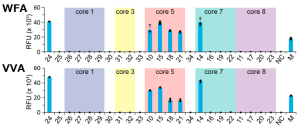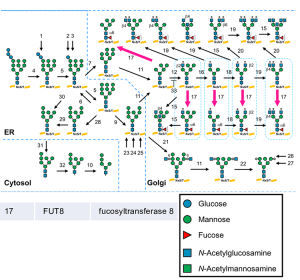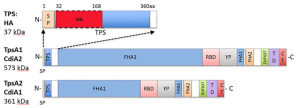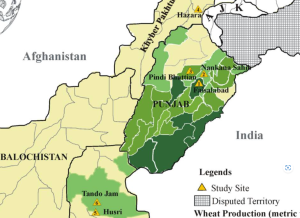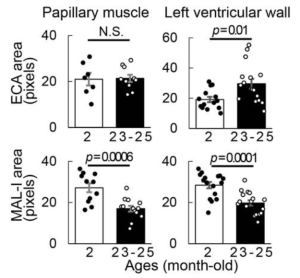Glycan binding specificity of WFA is quite similar to that of VVA
A group from Department of Chemistry and Center for Diagnostics & Therapeutics, Georgia State University, Atlanta, GA, USA, etc. has reported about chemoenzymatically synthesized O-glycan arrays.
https://www.ncbi.nlm.nih.gov/pmc/articles/PMC9931048/
WFA is know to be a quite useful lectin in diagnosis.
According to this study, WFA and VVA strongly bind all structures with a terminal unmodified GalNAc residue, including Tn-antigen, core 5, sialyl-core 5, and core 7, as shown below.

